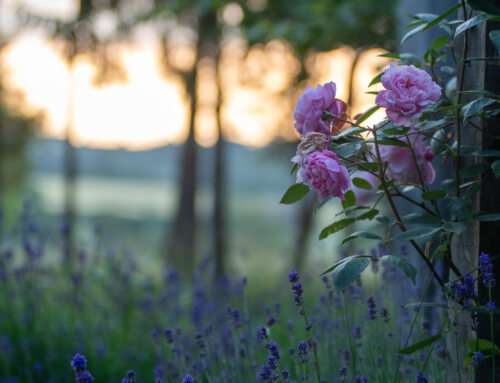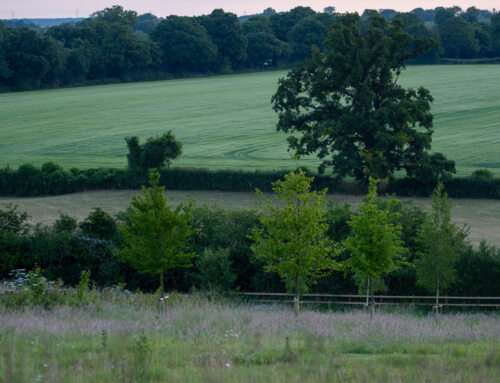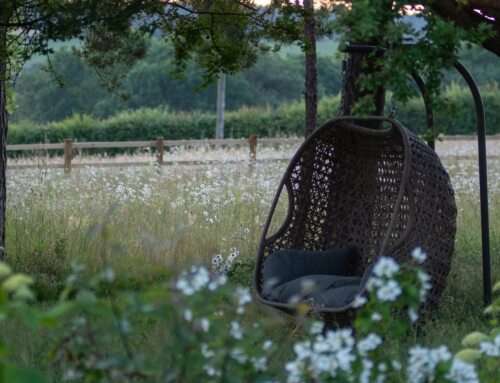Planting for Climate Resilience

By Katie Stevens, Forestry Assistant
Throughout the world, we are experiencing the effects of climate change with unpredictable, extreme and out of season weather conditions. This is the first of three blogs that will look at various species that are predicted to cope with the stressors of climate change. Each section will include a short description of the tree’s appearance, properties and its potential to thrive in the future.
The first three species:
- Acer saccharinum – Silver Maple
- Liriodendron tulipifera – Tulip Tree
- Quercus cerris – Turkey Oak
Acer saccharinum – silver maple
Native to America, silver maple is a vigorous deciduous tree, growing to heights of 20m tall within 10-20 years. It has beautiful palmately-lobed leaves, with silvery-white undersides. In autumn, leaves turn from green to stunning shades of yellow, red and brown.
Like other maples, it grows on a wide variety of acidic, alkaline or neutral soils, including chalk, clay, sand and loam. While it does require well-draining soil, it can be planted in both semi-exposed or sheltered sites at any aspect/position. It is very tolerant of moist and wet soils. It has alternative names of Swamp, Water or Creek maple which gives you an indication of how well it does near water! It is commonly planted close to rivers as well as parkland settings due to its wide spreading crown.
Silver maple is an excellent tree when planting for the future. Consider planting them in areas that occasionally flood or generally sit in wet conditions. Over time, planted trees will help to reduce such flooding and balance out moisture levels. When planted in groups, they will support each other’s growth, preventing branch damage against any prevailing winds.
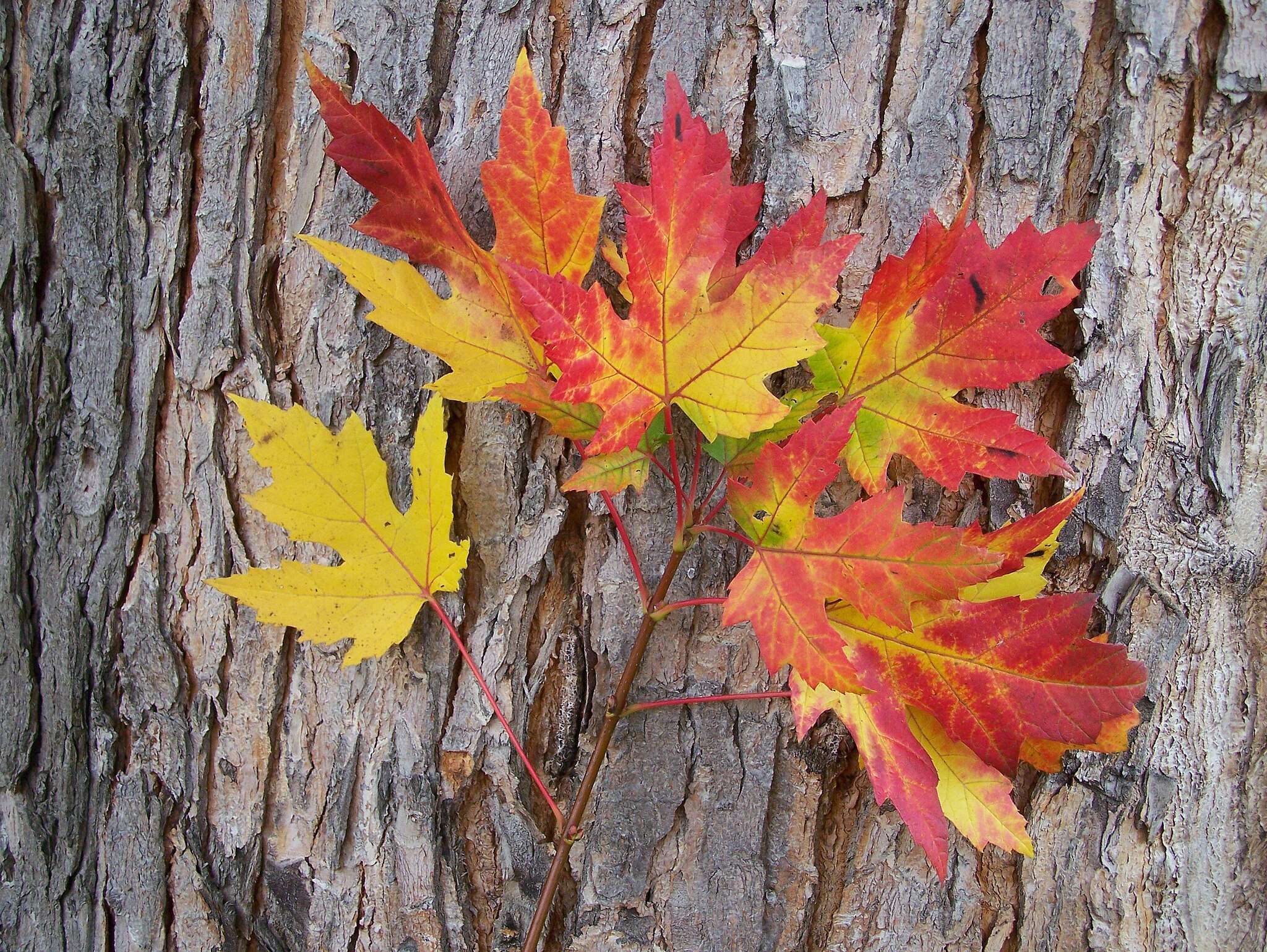
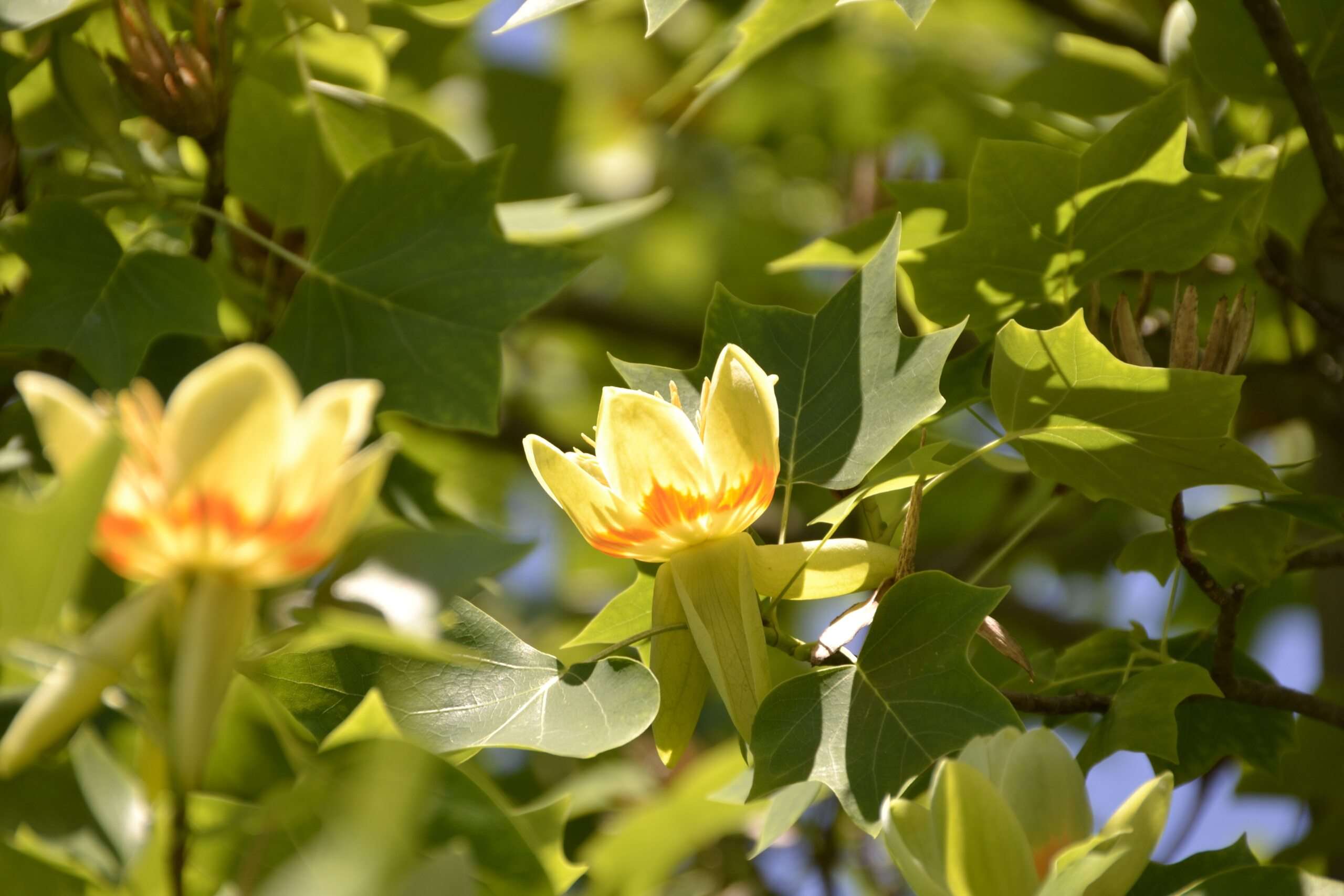
Liriodendron tulipifera – tulip tree
A large and imposing American tree, tulip trees are beautiful specimen trees with distinctive leaves and flowers. Their leaves have four wide lobes joined together and are bell shaped, with yellowy green and orange flowers. It is relatively fast growing, reaching over 24m tall within 20-50 years.
Tulip trees favour damper ground on well-draining sandy, clay or loamy soils. They prefer an acidic or neutral soil but will grow more slowly on alkaline soils. Its thick trunk and wide and low canopy allow it to tolerate harsh weather conditions and exposure. This is another species that would suit wetter ground, as well as those open, unsheltered areas that are subject to rough weather such as parkland and new woodland. As storms and winds become more frequent and varied, tulip trees will be able to withstand the unprecedented weather.
Quercus cerris – Turkey oak
Established in the 18th century and now well settled within the UK, Turkey oak is the non-native, slightly smaller cousin of our native English oak. Reaching heights of 30m within 20-50 years, it has a wide, spreading crown and thick, dark grey trunk. Leaves, although similar to English oak, are long and narrow with unevenly shaped lobes. The acorns are very distinctive as they can grow up to 4cm long; colours vary along the fruit from orange at the base to green/brown.
Like other Quercus species, it grows on a wide variety of acidic, alkaline or neutral soils, including chalk, clay, sand and loam – another good all-rounder. It thrives on moist soils, but not areas that flood. Although it is very tolerant to drought, it will struggle during prolonged periods without rain if planted on dry soils.
Turkey oak sets seed really well and can regenerate fairly rapidly, both in open areas and under a woodland canopy. Because of this, it can be used to help improve soil conditions and erosion control. It is host to Andricus quercuscalicis, a gall wasp whose larvae damage the acorns of English or Sessile oak, so avoid planting these three species together. Despite this, it provides a habitat and a good source of food for wildlife. It is favoured among bees for its pollen.
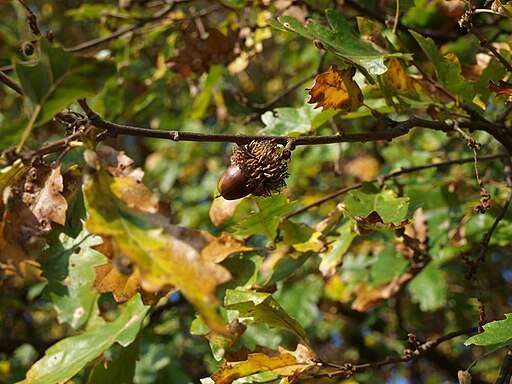
Here at Nicholsons, we are continually researching and experimenting with tree species, widening our specialist knowledge, establishing new connections with other nurseries, or growing a variety of different species. This year, we have been growing various non-native tree species from seedlings that are predicted to suit the changing climate.

